Issue #16: Situation
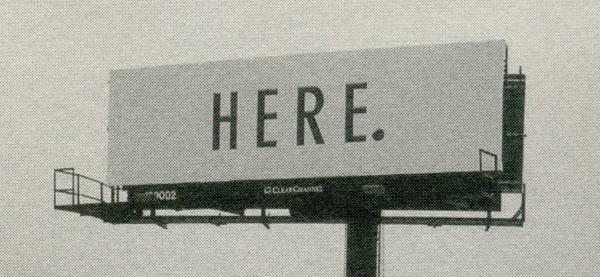
The essays in this issue consider various ways we–our problems and works–emerge from and in our situation and the ways this fact can be figured in our poems and our paintings, and in our responses to them.
Don’t Let Me Be Universal: Or, the Postwar American Poem

She explains that much liver damage is drug-induced because the liver functions as a chemical purifier, stripping the blood of toxins by splitting poisons into less destructive chemical building blocks. The resulting toxins are excreted while the cleansed blood recirculates. When an overwhelmed liver fails to break down the blood’s contaminants (even beneficial ones, such as painkillers), the pollutants poison the liver cells instead.
Against Affective Formalism: Matisse, Bergson, Modernism
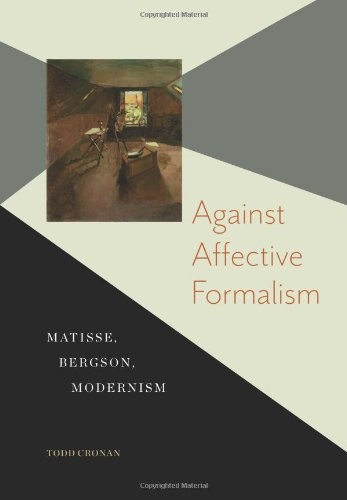
Let me be clear, the problems I raise do not stem from a dissatisfaction with the way October authors repeat a kind of party line. In fact, I envy the unity and consistency of the resolve and of course their massive impact on the discipline (what is there, politically speaking, besides anti-hierarchy in the humanities?). My point is that the basic set of claims shared by many of these authors is mistaken.
Friedel Dzubas
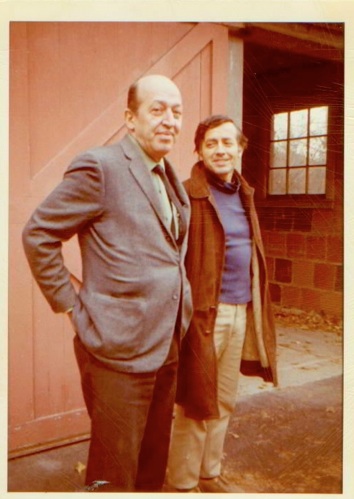
Pictures from all stages of Dzubas’s art since the 40’s will in time to come thrust themselves increasingly into attention: enough of them to establish him once and for all where he belongs, which is on the heights.
Finding Our Bearings with Art
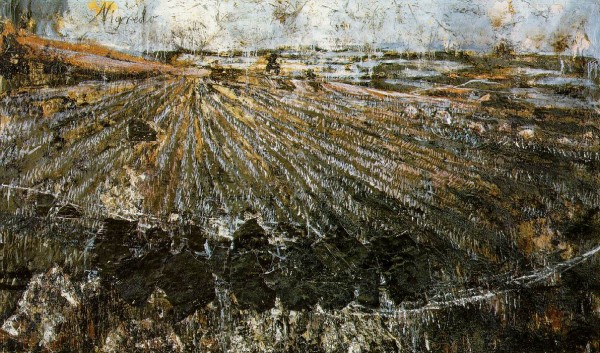
I propose bearing as a marker of an artwork’s purposive comportment in and toward the world whose various relations and dimensions the work engages and discloses. I have chosen this term because at least five of its senses apply to artworks as I understand them. [1] Artworks have a manner of comportment, a bearing, e.g. bold, reflective, ironic, etc. [2] They are generative (in the sense of ‘bear fruit’) in that they provide disclosures. [3] They are purposively oriented and thus have bearings, principally toward an addressee, but also toward some determinate end, e.g. to be beautiful, to please, to rework culture, to witness suffering, etc. [4] Works of art also make use of the very world that they disclose, which leads me to say that artworks bear, in the sense of carry, extant possibilities, transforming them until they coalesce into a phenomenon that is bindingly eloquent. [5] Finally, artworks also bear (or fail to bear), in the sense of endure, the world they absorb in order to disclose whatever possibilities they are able to bear.
On Problematization: Elaborations on a Theme in “Late Foucault”
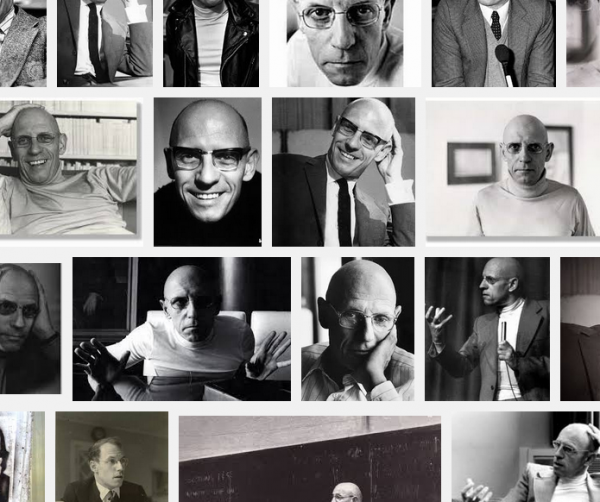
Interpretations of the idea of problematization cut to the heart of different ways of engaging with Foucault’s ideas. It seems at first sight to provide a refined model of critical practice. On closer inspection, it turns out to be better interpreted as a contribution to a more descriptive understanding of the tasks of social inquiry.
Greenberg on Dzubas
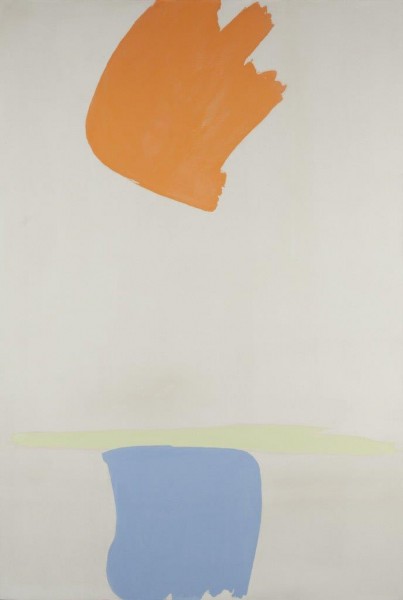
It’s important to understand that for the greater part of thirty years, Greenberg believed in this artist. But by 1977, his claim was that Dzubas had yet to construct a solid foundation for his future artistic development; that he had failed to “follow up on his achievements and achievedness”; that, instead, he had “let it all lie scattered.”
Chuy for Mayor
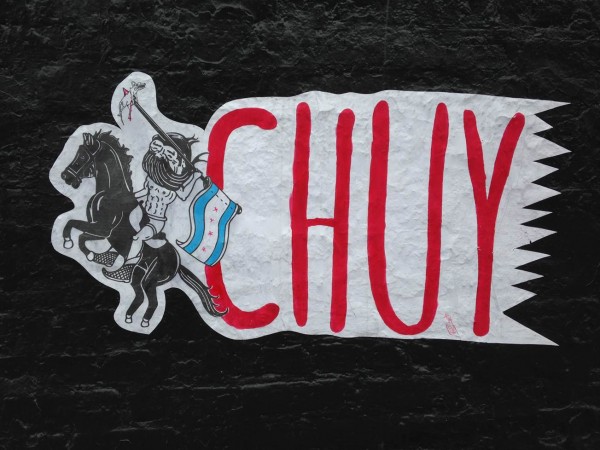
Most readers will know that Jesus “Chuy” Garcia, a longtime progressive and respected elected official, after deciding to enter the mayor’s race at the urging of Karen Lewis, the Chicago Teachers Union President whose illness prevented her from running herself, forced Rahm Emanuel into a runoff. Many of you no doubt also know that in a recent poll Chuy scored in a virtual dead heat with Rahm with the election a few days away, on April 7.
The Real Problem with Selma : It doesn’t help us understand the civil rights movement, the regime it challenged, or even the significance of the voting rights act

The victory condensed in the forms of participation enabled by the VRA is necessary—a politics that does not seek institutional consolidation is ultimately no politics at all—but not sufficient for facing the challenges that confront us in this moment of rampant capitalist offensive against social justice, but neither are the essentially nostalgic modalities of protest politics often proposed as more authentic than the mundane electoral domain. It is past time to consider Prof. Legette’s aphorism and engage its many implications. And that includes a warrant to resist the class-skewed penchant for celebrating victories won in the heroic moment of the southern civil rights movement as museum pieces disconnected from subsequent black American political history and the broad struggle for social justice and equality.
B-Side Modernism: At Emory University, January 23-24
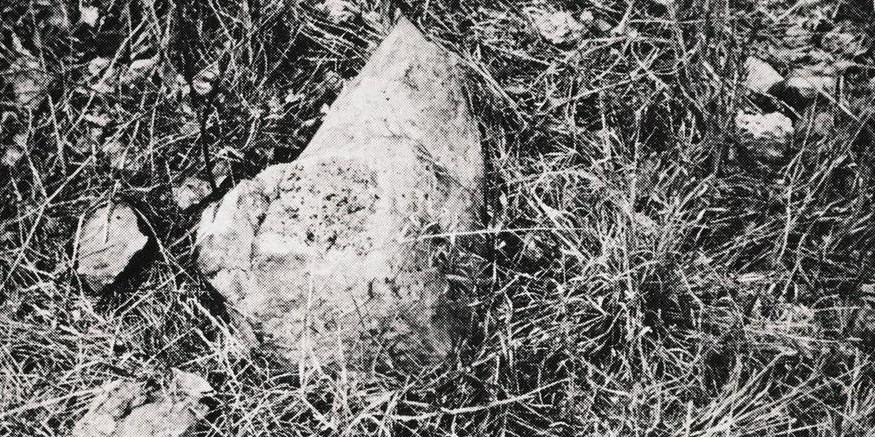
B-Side Modernism is almost here. For more information click on the image below or visit our events page.
The idea behind “B-Side Modernism” is to consider the work of 20th century poets and artists whose meaning and value have yet to be fully realized. The Raymond Danowski Poetry Library at Emory University is an amazing resource; more than any other collection, it represents the richness and diversity of English language poetry in the 20th century and beyond. For nonsite.org, the collection – and the Mellon Foundation’s support of this project – presents a fantastic opportunity, not just to support new scholarly work, but to open up a major archive to meaningful public conversation.



